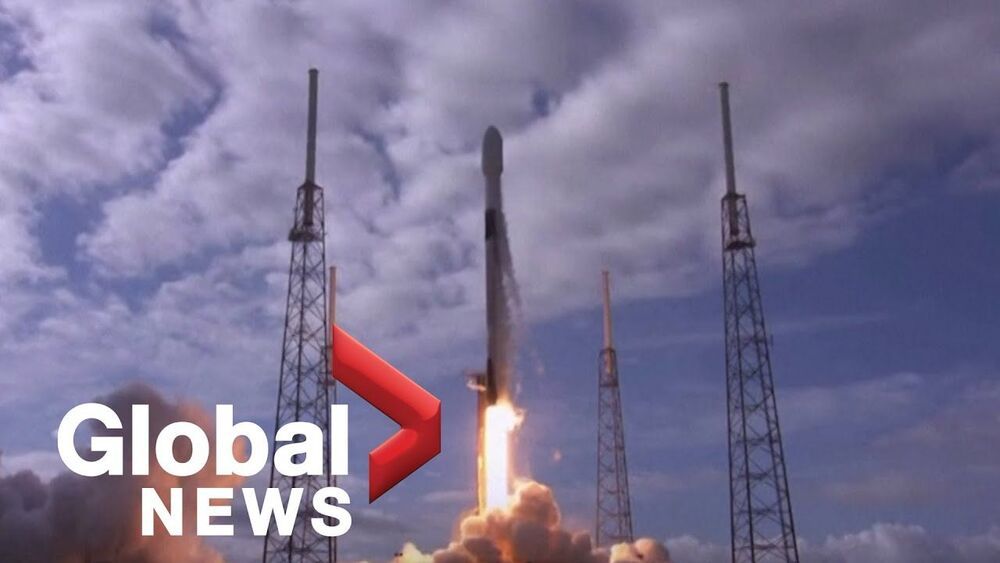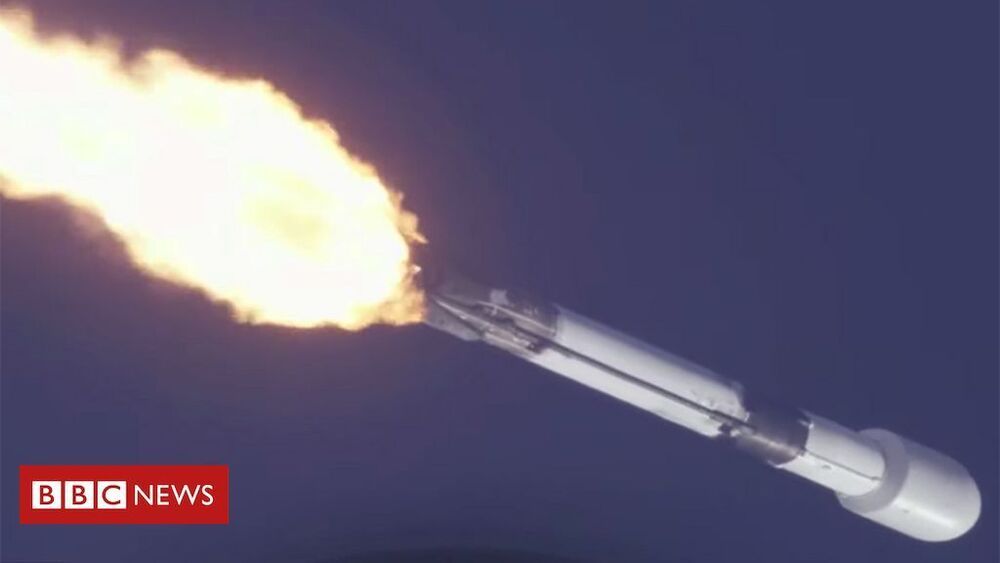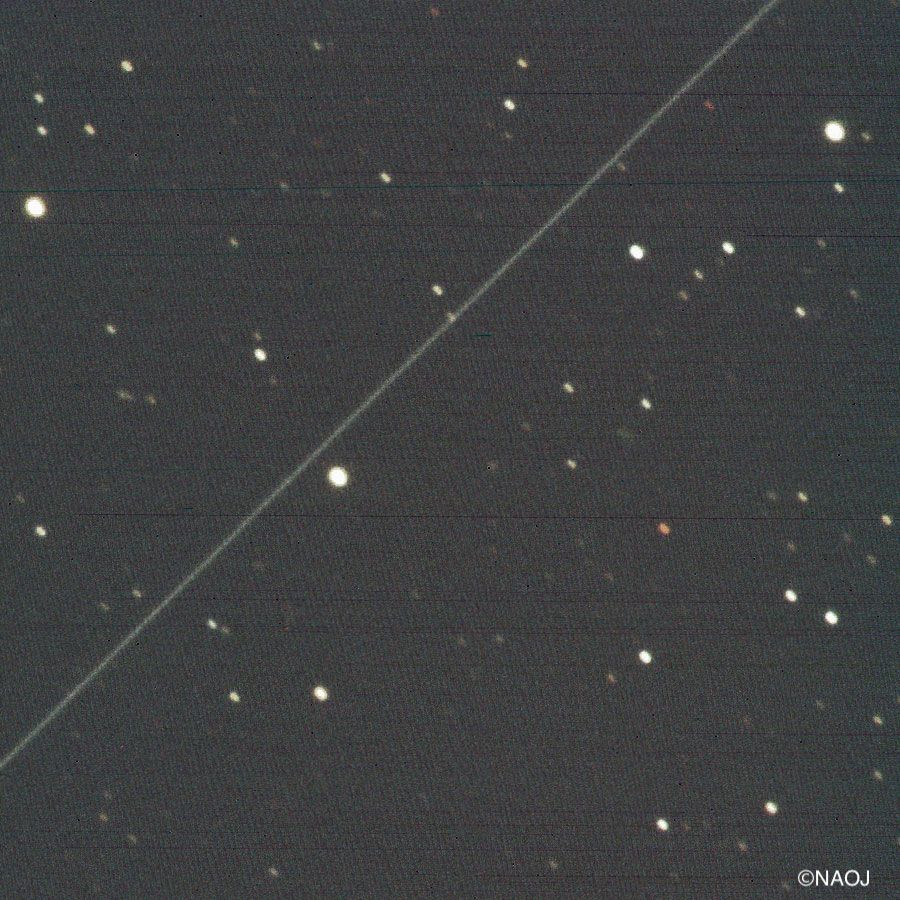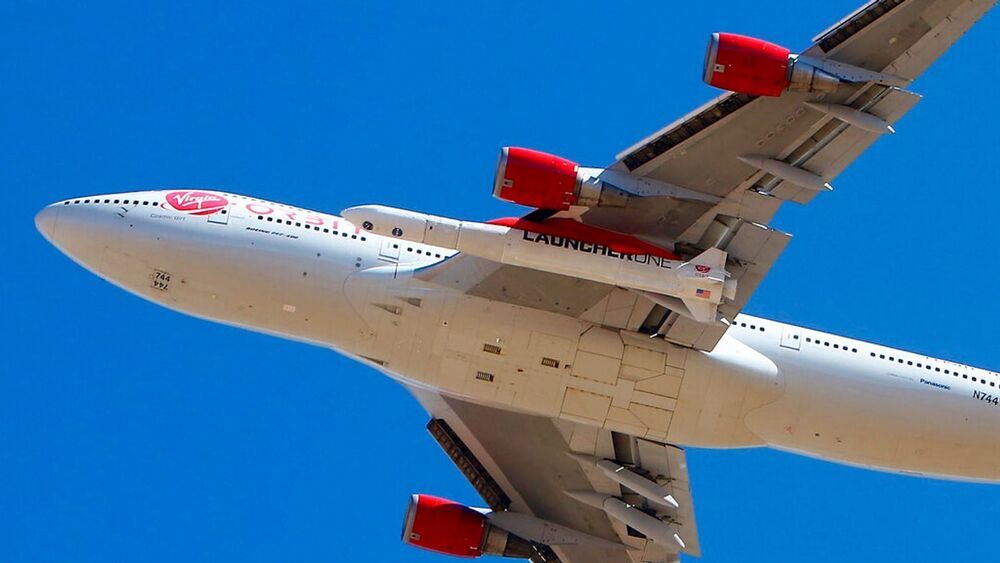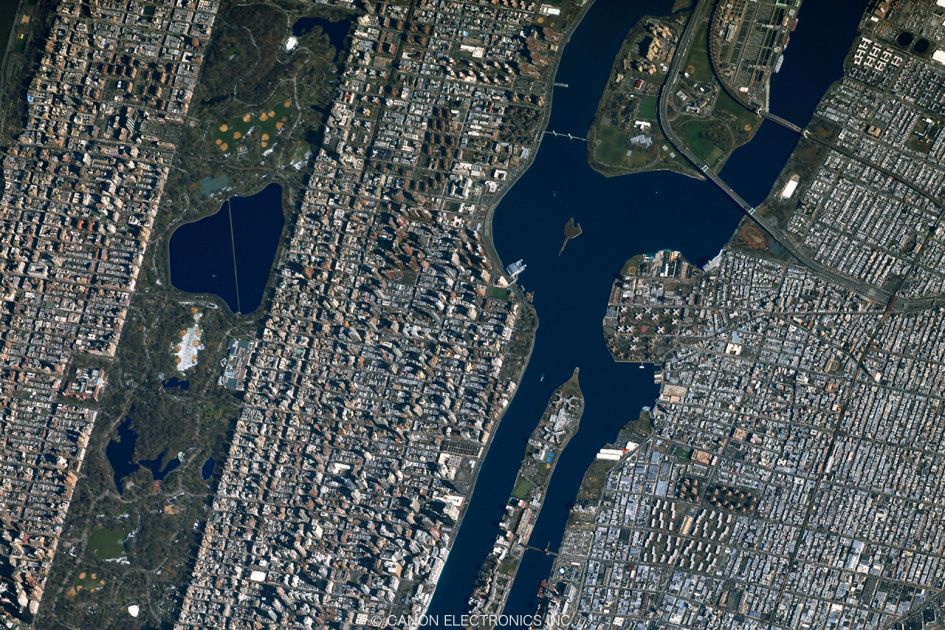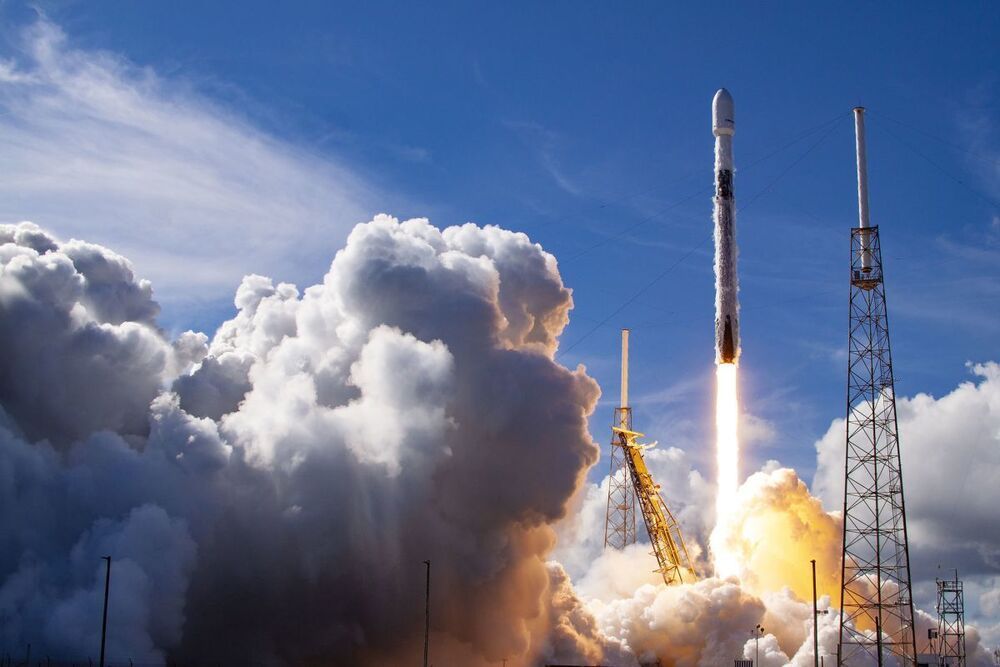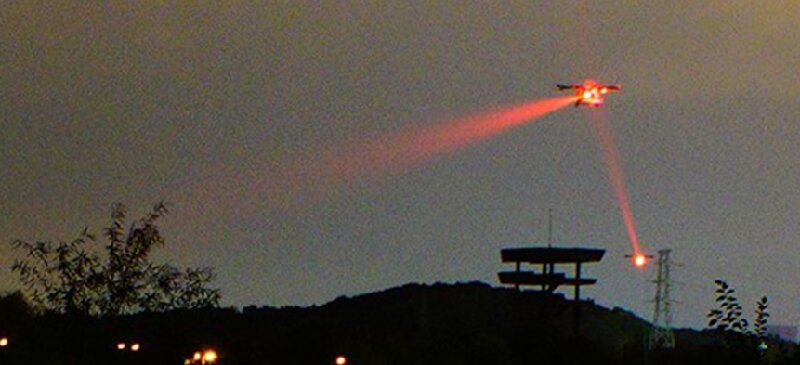
A team of researchers affiliated with several institutions in China has used drones to create a prototype of a small airborne quantum network. In their paper published in the journal Physical Review Letters, the researchers describe sending entangled particles from one drone to another and from a drone to the ground.
Computer scientists, physicists and engineers have been working over the last several years toward building a usable quantum network —doing so would involve sending entangled particles between users and the result would be the most secure network ever made. As part of that effort, researchers have sent entangled particles over fiber cables, between towers and even from satellites to the ground. In this new effort, the researchers have added a new element—drones.
To build a long-range quantum network, satellites appear to be the ideal solution. But for smaller networks, such as for communications between users in the same city, another option is needed. While towers can be of some use, they are subject to weather and blockage, intentional or otherwise. To get around this problem, the researchers used drones to carry the signals.

